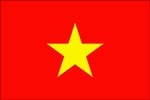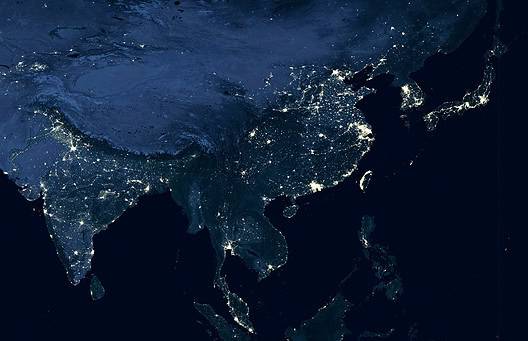Includes historical data for Vietnam’s Gross Domestic Product growth, debt-to-GDP ratio and more, as well as information on trade, banking and financial sector leadership.
Reform Grows Economy, Throttles Poverty
Since embarking on a series of economic and political reforms in the mid-1980s, Vietnam has experienced an extraordinary transformation, transitioning from one of the world’s poorest nations to a middle-income economy in 2011. According to the World Bank, between 2002 and 2022 GDP per capita surged by 3.6 times, and poverty rates plummeted from 14% in 2010 to 3.8% in 2020.
Facilitated by government policies, foreign direct investment (FDI) played a crucial role in driving this progress. The investment appeal is further bolstered by a youthful and increasingly urbanized population, competitive labor costs and an expanding network of trade agreements.
Vietnam aspires to attain high-income country status by 2045. Yet, its investment climate still faces significant challenges, including the dominance of state-owned enterprises in key sectors, regulatory uncertainties and restrictive labor practices, as well as infrastructure deficiencies and fragilities in the banking system.
Vietnam GDP & Economic Overview
Macroeconomy & Sovereign Data
| Type of Government | Communist state |
|---|---|
| Capital | Hanoi (Ha Noi) |
| Sovereign Ratings |
S&P: BB+ Moody’s: Ba2 Fitch: BB+ |
| Total Population | 101 million |
| Median Age | 32.8 |
| Adult Per Capita Income (PPP) | 15,578.97 |
| Total GDP (2023) | 469.7 billion |
Most Recent Content
Vietnam
Banking & Finance
Trade & Investment
| Total Exports | USD 375.2 billion (2022) |
|---|---|
| Leading Exports |
Broadcasting Equipment Telephones Integrated Circuits Office Machinery Footwear Furniture |
| Total Imports | USD 470.2 billion (2022) |
| Leading Imports |
Integrated Circuits Telephones Clothing And Apparel Broadcasting Accessories Refined Petroleum Iron Sheeting |
Source: IMF, CIA The World Factbook
Vietnam Leading Companies
| Vietcombank | Financials |
|---|---|
| Viettel Group | Telecommunication Services |
| VinGroup | Conglomerates, Consumer Staples, Real Estate, Health Care |
| Vietnam Oil and Gas Group (PVN) | Energy, Oil & Gas Exploration & Production |
| Sabeco | Consumer Discretionary, Beverages |
| Vinfast | Consumer Discretionary, Automobiles |
Major Trade Partners — Import
| China | 33.2% |
|---|---|
| South Korea | 17.0% |
| Japan | 6.8% |
| Other Asia | 6.3% |
| United States | 4.6% |
Major Trade Partners — Export
| United States | 28.7% |
|---|---|
| China | 16.7% |
| South Korea | 6.5% |
| Japan | 6.0% |
| Hong Kong | 3.6% |
Global Finance Rankings & Awards
Data Sources:
UN World Population Prospects
World Inequality Report
S&P Global Ratings
Moody’s
Fitch Ratings
IMF Direction of Trade Statistics (DOTS)
UN Conference on Trade and Development (UNCTAD)
CIA The World Factbook
World Bank’s World Integrated Trade Solution
Forbes Global 2000







